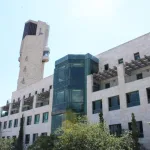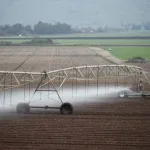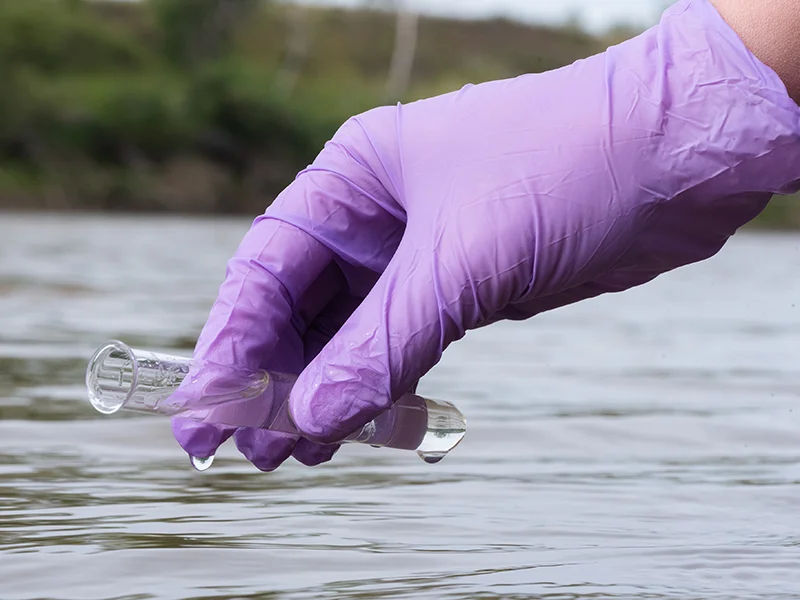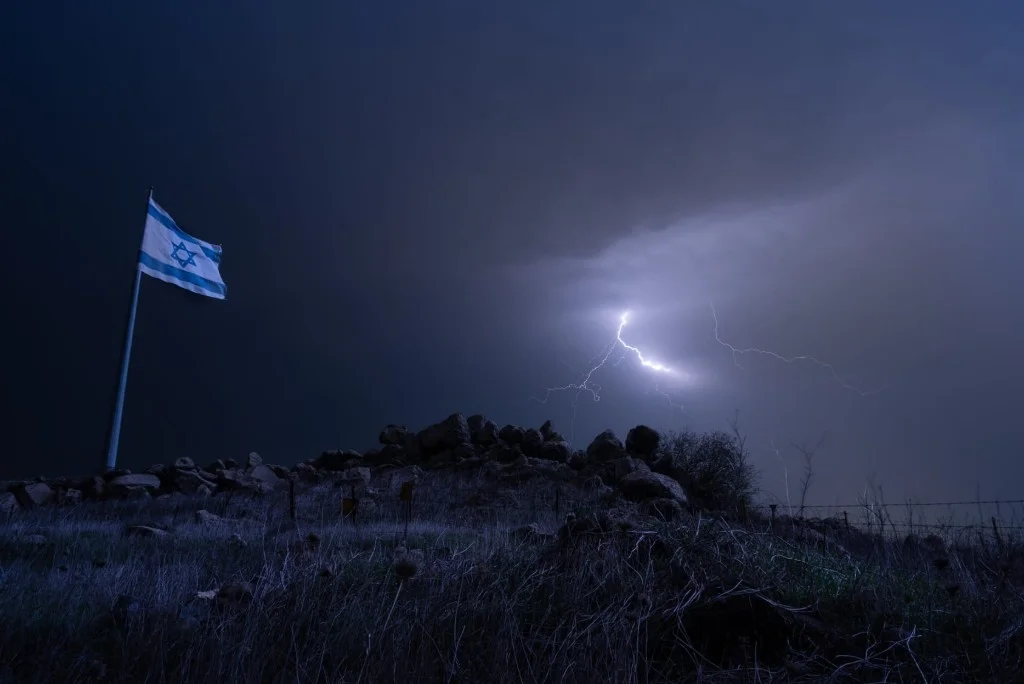The ministry of Health and the Ministry of environmental Protection are informing the public and the regional and local councils of unusual results in water sampling carried out to examine the levels of pollution in certain streams in the north. In testing for bacteria in samples from July 29, 2025, results were found in several streams in the north that exceed recommendations made by the Ministry of Health (400 fecal coliform per 100 ml) and indicate the presence of bacterial contamination in the water.
- Hatsbani – Roman Bridge: 700; Hydroelectric Station: 1,100; Estuary to Jordan River: 1,800
- Banias – Kfar Szold Bridge: 460
- Jordan – Josef Bridge: 3,200; Lahavot HaBashan Bridge: 2,200: HaHamisha Bridge: 2,000; Huri Bridge: 1,800; Jordan at Metzad Ateret: 3,200; Arik Bridge: 1,400
- Hameshushim Pond: 1,600
- Yahudiya: 800
- Zakhi Stream: 4,000
- Majraseh: 900
- Jalaboun: 2,100
- Tzalmon Stream – Carob Pool: 900; Flour Mill Station: 4,800
- Kziv-Ein Ziv: 500; Ein Tamir Spring: 450; Hardalit: 850
Considering these results, entering these streams may put bathers at risk until sampling results are at normal and stable levels:
- Hatsbani – From the Roman Bridge to the Jordan River Estuary
- Banias – Kfar Szold Bridge
- Jordan – From Josef Bridge to the Sea of Galilee Estuary
- Hameshushim Pond
- Yahudiya
- Zakhi Stream
- Majraseh
- Jalaboun
- Tzalmon Stream
- Kziv – Ein Hardalit
The Ministry of Environmental Protection has not found a known source of pollution in the streams.
Sampling for water quality in several streams in the north is carried out once every two weeks through The Nature and Parks Authority, at fixed sampling points in the Upper Galilee, the Golan and the Western Galilee. These points represent either a waterfall, a pool or a section of stream.
The Health and Environmental Protection Ministries continue to monitor the situation, and will update as necessary.
Quarterly sampling results for the sampled streams across Israel can be viewed on the Ministry of Health’s website.



























